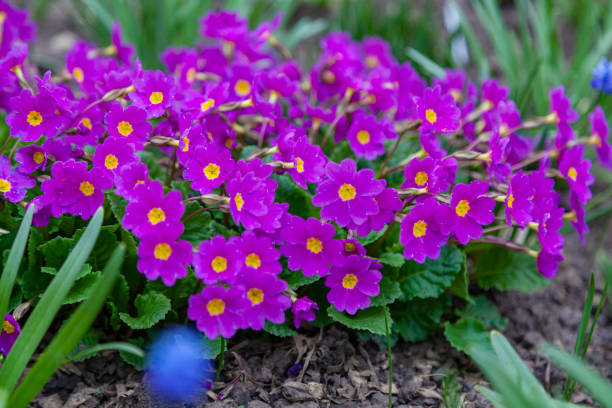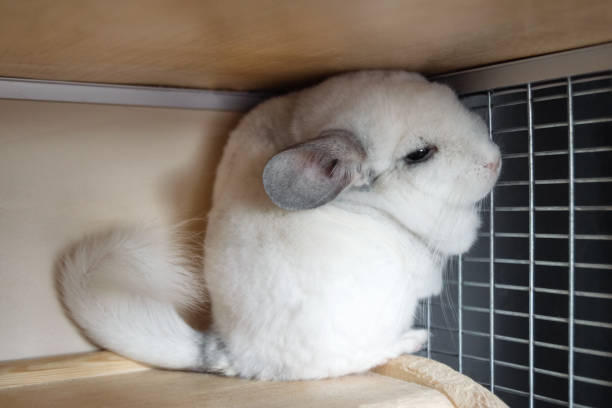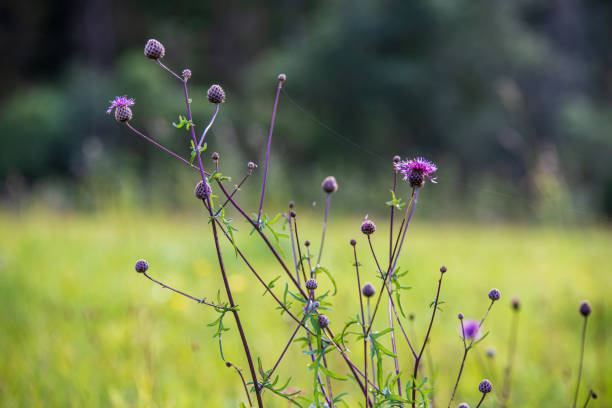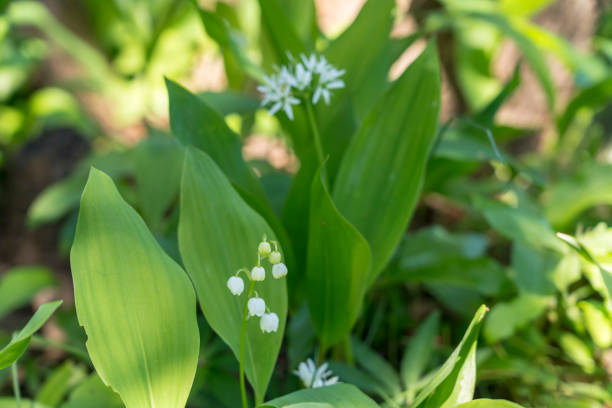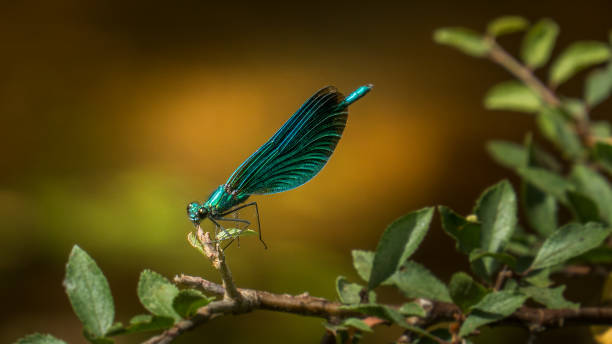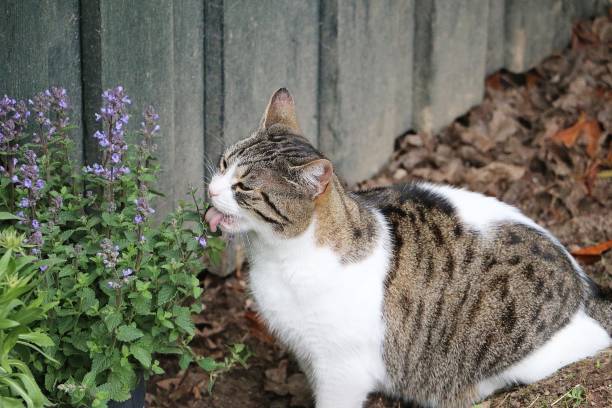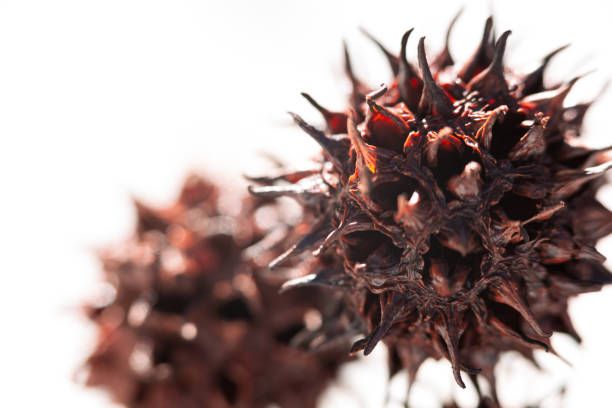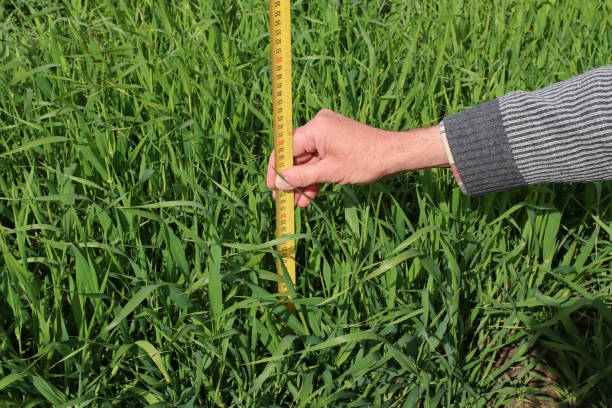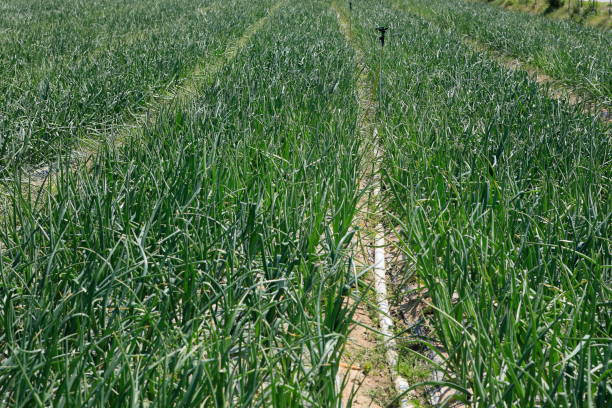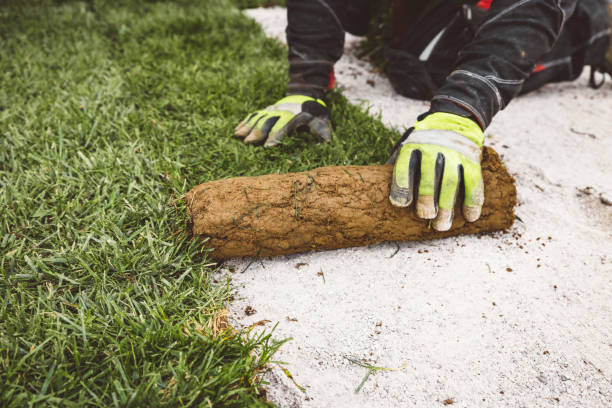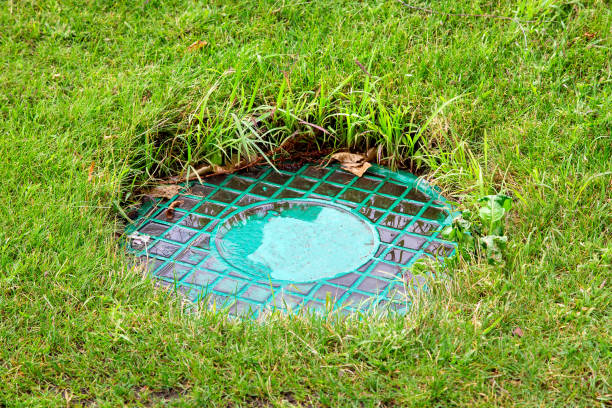What are the Little Purple Flowers in My Yard?
This post contains affiliate links. This means I will make a commission at no extra cost to you should you click through and make a purchase. Read the full disclosure here.If you’ve ever noticed a sprinkling of vibrant purple flowers in your yard, you might be wondering about their identity and significance. These little purple flowers, with their delicate beauty, can add a touch of charm to any outdoor space. In this article, we will explore the various aspects of these lovely blooms, from their identification to the benefits they bring to your yard. So, let’s dive in and uncover the secrets of these captivating flowers!
Identifying the Little Purple Flowers
The little purple flowers in your yard exhibit distinctive characteristics that help differentiate them from other plants. They are generally small in size, with delicate petals that range in shades of purple, from light lavender to deep violet. These flowers often grow in clusters and can be found in both wild and cultivated environments. By paying attention to their appearance, you can easily identify these enchanting blossoms.
Common Types of Little Purple Flowers
Several types of little purple flowers are commonly found in yards and gardens. Among the most popular species are:
Lavender (Lavandula): Known for its soothing fragrance and vibrant purple flowers, lavender is a favorite among gardeners and homeowners alike. Its slender, aromatic leaves and spikes of blooms make it a visually appealing addition to any landscape.
Salvia (Salvia nemorosa): With its long-lasting blooming period and attractive purple flowers, salvia is a popular choice for garden borders. Its vibrant color and ability to attract pollinators make it a valuable asset to any yard.
Creeping Phlox (Phlox subulata): This ground-covering plant produces a carpet of small, star-shaped purple flowers in early spring. Creeping phlox adds a burst of color and creates an eye-catching display when planted along rock walls or in flower beds.
Verbena (Verbena bonariensis): A tall and slender plant, verbena boasts clusters of small, violet-purple flowers on its elongated stems. This hardy perennial is known for its ability to attract butterflies and hummingbirds.
Factors Influencing the Presence of Little Purple Flowers
The growth of these little purple flowers is influenced by various factors. They thrive in areas with ample sunlight, well-drained soil, and moderate moisture levels. Additionally, the time of year also plays a role, as many of these flowers tend to bloom during spring and summer. By understanding these factors, you can create an environment that encourages the growth of these charming blooms.
Benefits of Little Purple Flowers
Having little purple flowers in your yard offers several benefits. Firstly, they enhance the visual appeal of your outdoor space, adding pops of color and creating a vibrant atmosphere. Furthermore, these flowers can attract important pollinators like bees and butterflies, contributing to the overall health of your garden and promoting biodiversity. Lastly, their pleasing fragrance can create a delightful ambiance and provide a sense of tranquility.
Cultivating and Caring for Little Purple Flowers
If you wish to cultivate these flowers in your yard, it’s important to know how to care for them. Here are some tips to help you grow and maintain little purple flowers successfully:
- Choose an appropriate location: Ensure the selected area receives sufficient sunlight and has well-drained soil.
- Planting and watering: Follow the planting instructions specific to each flower variety. Water them adequately, allowing the soil to dry slightly between watering sessions.
- Fertilizing: Apply a balanced fertilizer during the growing season to provide essential nutrients.
- Pruning: Regularly trim faded flowers to encourage new growth and prolong blooming.
- Winter care: Some varieties may require protection during colder months. Mulching can help insulate the roots and protect them from frost.
By following these guidelines, you can enjoy a thriving display of little purple flowers in your yard.
Attracting Pollinators with Little Purple Flowers
One of the significant advantages of little purple flowers is their ability to attract pollinators. Bees, butterflies, and other insects are drawn to their vibrant hues and fragrant nectar. By cultivating these flowers, you can create a pollinator-friendly environment and contribute to the ecological balance. Watching these visitors flit from flower to flower adds a touch of natural beauty to your yard.
Natural Ways to Control Little Purple Flowers
While little purple flowers can be aesthetically pleasing, they may sometimes spread more than desired. To control their growth without resorting to harsh chemicals, consider these eco-friendly methods:
Hand-pulling: Regularly inspect your yard and remove any unwanted little purple flowers by gently pulling them out, ensuring you remove the entire root system.
Mulching: Apply a layer of organic mulch around desirable plants to inhibit the growth of little purple flowers and limit their spread.
Plant competition: Planting densely or introducing competitive groundcovers can suppress the growth of these flowers, preventing them from dominating your yard.
Other Purple Flower Varieties
Apart from the little purple flowers discussed above, there are numerous other purple flower varieties you may encounter in your yard. Some examples include irises, pansies, violets, petunias, and alliums. Each of these flowers possesses unique characteristics that contribute to the overall visual appeal of your landscape.
Landscaping Ideas with Little Purple Flowers
Incorporating little purple flowers into your yard’s design can create stunning landscapes. Here are a few ideas to inspire your creativity:
Mixed flower beds: Combine little purple flowers with complementary hues to create vibrant and harmonious flower beds.
Container gardens: Grow these flowers in containers and place them strategically around your patio or porch for a burst of color.
Pathway borders: Line your garden pathways with low-growing little purple flowers to add a whimsical touch to your landscape.
Vertical accents: Grow climbing varieties against trellises or walls to introduce height and visual interest to your yard.
By experimenting with these landscaping ideas, you can showcase the beauty of little purple flowers and transform your yard into a captivating oasis.
Conclusion
Little purple flowers bring a touch of charm and vibrancy to any yard or garden. With their captivating colors and delicate blooms, these flowers can create a visually stunning landscape. Whether you choose lavender, salvia, or other varieties, caring for these flowers can be a rewarding experience. By providing the right conditions and incorporating them into your landscaping, you can enjoy their beauty and contribute to the well-being of pollinators. Embrace the allure of little purple flowers and transform your yard into a haven of natural elegance.
Frequently Asked Questions (FAQs)
Are little purple flowers invasive?
Most little purple flowers discussed in this article are not considered invasive. However, it’s essential to research the specific flower variety you’re interested in to ensure it won’t become problematic.
Can little purple flowers survive in different climates?
The adaptability of little purple flowers varies depending on the species. While some are hardy and can thrive in diverse climates, others may have specific temperature or humidity requirements.
Do little purple flowers require special soil conditions?
Generally, well-drained soil is preferable for little purple flowers. However, some varieties may have specific soil preferences. It’s recommended to research the specific needs of the flowers you’re planning to grow.
How long do little purple flowers typically bloom?
The blooming period of little purple flowers varies depending on the species and environmental conditions. Some may bloom for a few weeks, while others may have a more extended blooming season.
Can I grow little purple flowers in containers?
Yes, many little purple flowers can be successfully grown in containers, allowing you to enjoy their beauty on balconies, patios, or other limited spaces.

